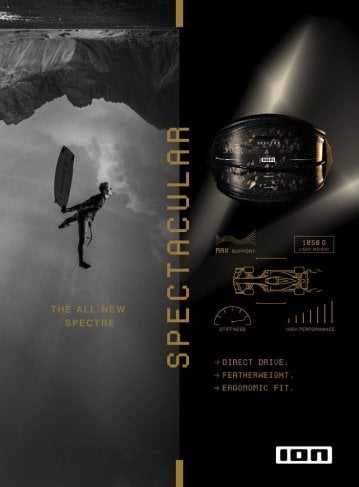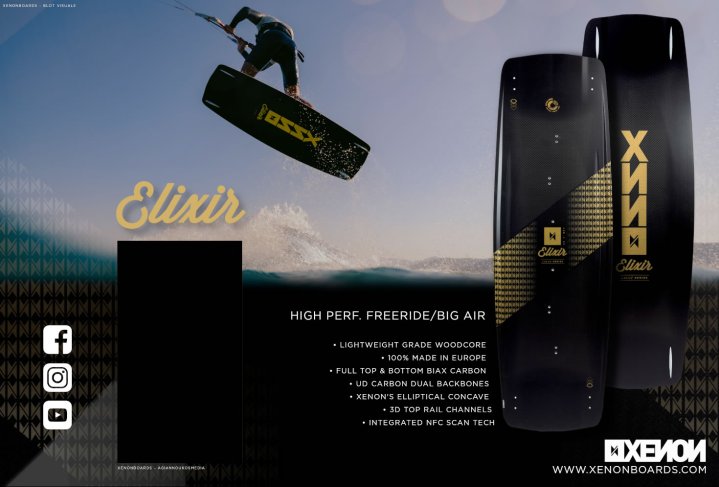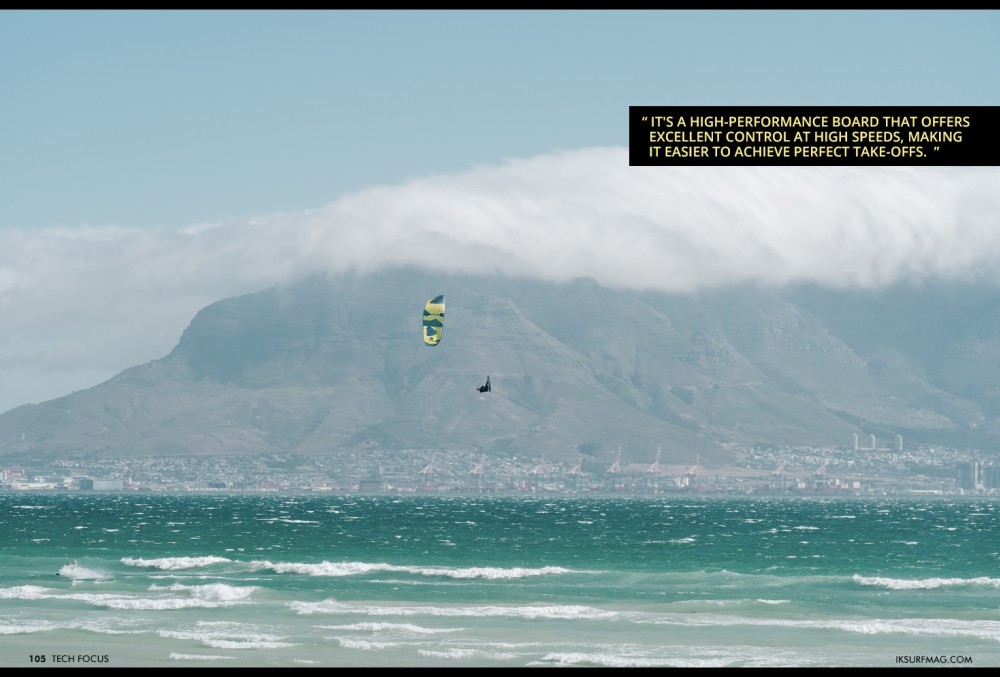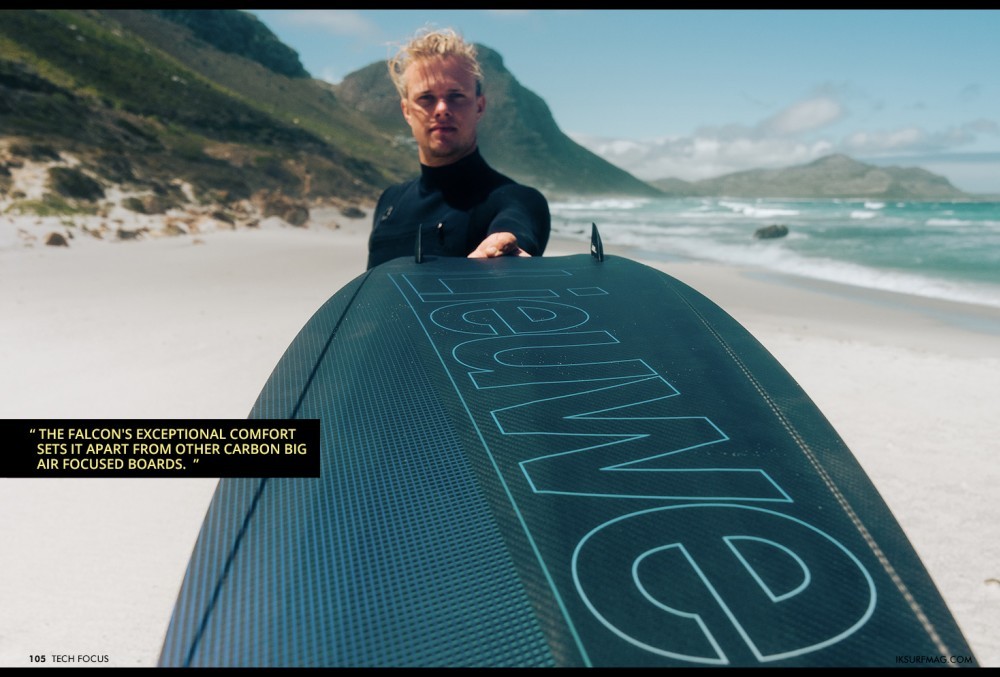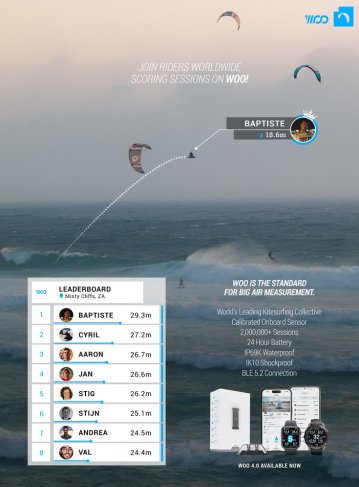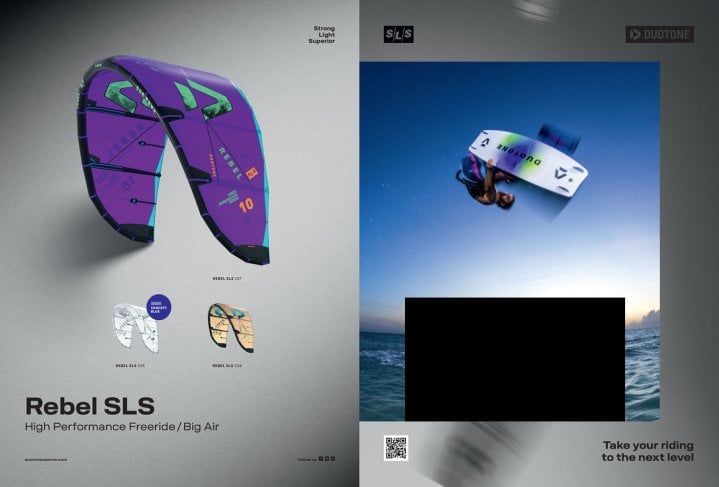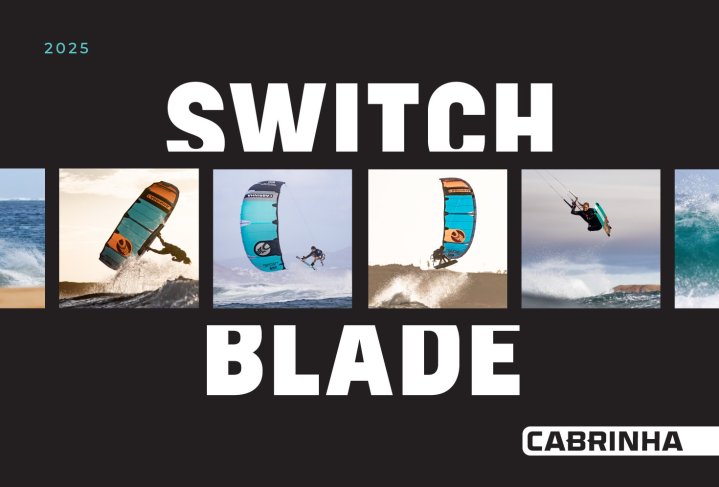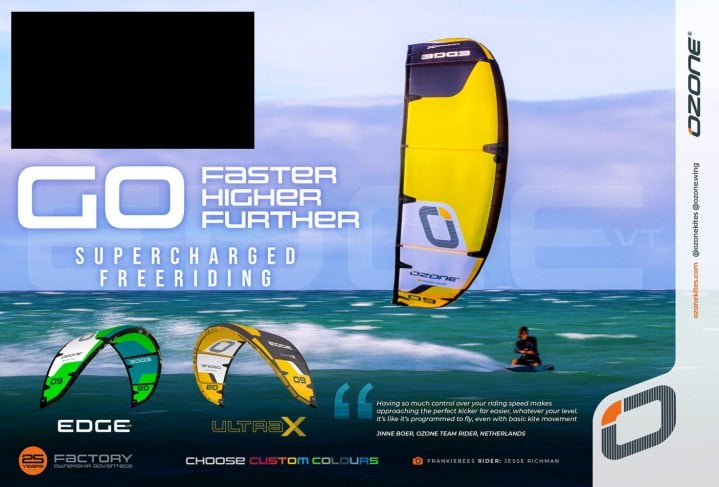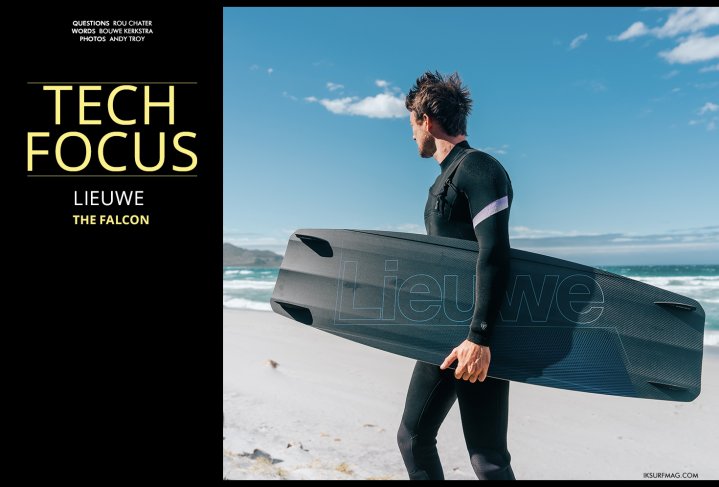
Tech Focus - Lieuwe Falcon Board
Issue 105 / Mon 24th Jun, 2024
Bouwe Kerkstra discusses the new Falcon kiteboard designed for big air, combining grip, stiffness, and control with comfort and soft landings, prioritising high performance at high speeds. Do we have your attention? Find out more in this Tech Focus!
Hi Bouwe, Thanks for joining us today! What made you decide to design a big air-specific board?
Hey Rou! We already have the Oceana, a big air board that's super rigid and provides excellent grip even in stormy conditions. We noticed a gap between the shotgun's comfort and the Oceana's extreme performance. So, we decided to design a carbon board that combines grip and comfort, which is quite challenging for a carbon board.
What characteristics were you looking to create that aren’t in the rest of the range?
Grip, stiffness, and control are the primary characteristics of a big air board. These characteristics are combined with comfort and a soft landing while maintaining a lightweight design.
Many riders focus on the kite for big air; why is the board so important?
It's a high-performance board that offers excellent control at high speeds, making it easier to achieve perfect take-offs. This makes the board ideal for big air and high jumps. Additionally, we've ensured that you will experience soft landings with this board.
You’ve opted for a daily simple double concave on the bottom rather than many deep channels. What is the reasoning behind that?
Deep channels offer excellent grip but can impede landing corrections by immediately gripping the water. The Falcon includes a channel along the edge to provide the necessary grip without compromising manoeuvrability.
The carbon finish looks sublime; what advantages and disadvantages does the carbon bring to the product?
Carbon is much stronger than fiberglass, requiring less material for the same strength and stiffness. This advantage makes the board extremely light. The Falcon 137 weighs about 2.3 kg.
How long has the board been in development?
Over a year!
Big air is constantly changing; we’ve gone from holding down 9m kites in massive winds to smaller kites for doubles. How does the FALCON handle the different demands of today's big air riders?
The Falcon's exceptional comfort sets it apart from other carbon big air focused boards. For a long time, the Oceana has been known as the best board for extreme conditions, but not suitable for everyday use. Our target audience is older riders with a history of injuries who want to ride big air without feeling pain the next day. The board strikes the right balance between comfort and performance, making it a favourite among big air riders at different skill levels.
Size is always an important factor with any kiteboard. Are there different considerations with the FALCON to get the most out of it?
Size is very important for every rider, and when they are struggling with their progress, I would like to motivate everyone to get in touch with someone and discuss their level and ambitions, including their home spots. We have riders globally of the same length/weight, but the difference in their board sizes is sometimes 2 sizes in between. It’s a very personal situation we like to discuss with our customers when they are not 100% sure about their selection. Specifically, for the Falcon, someone could ride a bigger board due to its grip/weight when they want to.
Videos
By Rou Chater
Rou has been kiting since the sports inception and has been working as an editor and tester for magazines since 2004. He started IKSURFMAG with his brother in 2006 and has tested hundreds of different kites and travelled all over the world to kitesurf. He's a walking encyclopedia of all things kite and is just as passionate about the sport today as he was when he first started!


